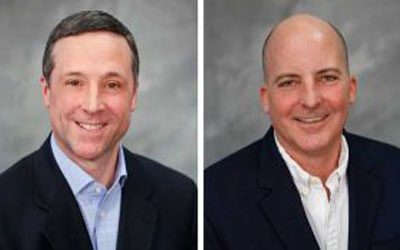
Water damage is a cause for concern in any multi-family housing community.
In some cases, a senior living community may decide to not even submit a claim, paying for it all out-of-pocket to avoid increased insurance premiums.The community also had to contend with administrative expenses. First, staff members who normally would have been supporting residents had to coordinate with contractors for repairs. Second, the community had to dedicate staff members to be present during repairs to ensure that residents were comfortable with workers in their apartments. Lastly, the water damage clean-up disrupted residents' normal routines.It's worth noting that the water damage in this case was contained to only two floors, affecting two apartments and a common area. Had this been a high-rise building, many more floors would have incurred similar damage.A single undetected leak or overflow can cause tens of thousands of dollars of water damage in multiple apartments and can even make entire buildings unlivable. In 2008, the water line to the rooftop sprinkler system in a senior living facility in Brighton, CO, broke. The building was flooded, and 56 residents were displaced. The building later was condemned by Brighton Fire Rescue.For a senior living community, the true cost of water damage is much more than the sum total of contractors' invoices. The best protection against water damage is exactly the kind of system that Martini was called in to install. Commercial wireless water detection systems can provide an early warning against damage, protecting against the kind of extensive damage that occurs when leaks and standing water go undetected.Commercial water detection often can be integrated into a senior living community's existing emergency call system. Once integrated, water detection alarms will be provided to caregivers along with the alarms from residents' emergency call buttons, environmental monitoring transmitters and activity sensors. Water detection is both reliable and affordable, providing early warning in both senior living and multi-family properties.
Todd Stanley is senior product manager, senior living, and Scott Fincher is senior product manager, environmental monitoring, for Inovonics, a Louisville, CO-based maker of high-performance wireless sensor networks for life safety and commercial building security applications.
Inovonics Wireless Corporation. All rights reserved.

